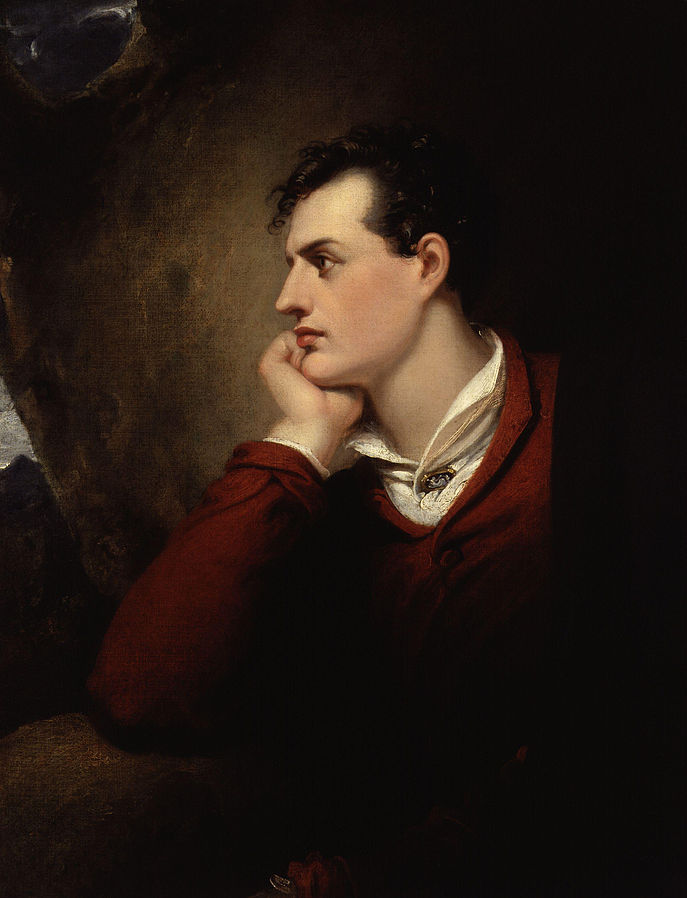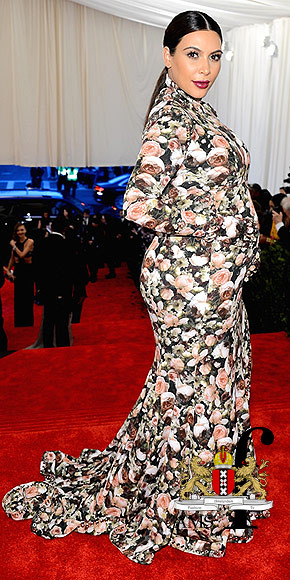The culmination of Enlightenment thought, the Encylopédie, ou dictionnaire raisonné, defined torture as “an inexplicable phenomenon that the extension of man’s imagination creates out of the barbarous and cruel”. Before the 18th century, torture was essential to social order, with a theatrical function reflected by gleefully macabre representations in verse. The changing depictions in literature parallel radical shifts in Western attitudes. From original Biblical narratives of divine punishment, atrocity, used to stir fear or repulsion and threaten its audience away from offensive behaviour has developed into a means of expressing the irrational and incomprehensible cruelty of humanity and human experience. Yet today’s desensitised society looks complacently upon once-shocking images, from Aylan Kurdi to Oscar Ramirez and his daughter Valeria; in many respects, our indifferent consumption of the spectacle of suffering has progressed little from the days of the public hanging.
Atrocity’s original function was a practical one: to retain the order of power by discouraging disobedience. The most seminal depiction of “the ritual of armed law, in which the prince (shows) himself both as head of justice and head of war” comes in form of the Old Testament. God is judge, jury, and executioner in what Foucault aptly termed the “liturgy of punishment”; he is also the ‘prince’, the institution whose principles have been offended. The emotional volatility of this self-proclaimed “jealous God” leads him to acts of methodical and stylised cruelty which set a precedent for human imitators. His punishment of original sin- the original punishment- sees him curse the serpent with an emphasis on both physicality and the vicious pettiness that will characterise torture for centuries to come:
“On your belly will you go, and dust you will eat, all the days of your life. And I will put enmity between you and the woman, and between your seed and her seed. He will crush your head, and you will strike his heel…”
An eternity of eating dust is a creative punishment- it combines mutilation (the loss of the serpent’s legs) with humiliation. The serpent could thus be the original torture victim. In any case, Original Sin is met with Original Consequences, a precedent continued throughout the Old Testament in exotic and gruesome fashion: the Ten Plagues, Sodom and Gomorrah, two bears mauling 42 children to death for mocking a bald guy (4 Kings 2:23-24). Dante picks up this baton with glee in Purgatorio, elucidating equally creative punishments for a variety of sins in the nine circles of hell. Of all the beautiful pieces of music, art, and poetry inspired by the Christian faith, this verse is surely a standout:
“Reaching that point and looking down, we saw
that all of them were plunged in diarrhoea
flowing, it seemed, from human cubicles…
I noticed one whose head was foul with shit…
But he screamed out at me: ‘Why gawp like that?’
‘Because,’ I said, ‘if I remember well,
I’ve seen you once before, with drier coiffure.
You are from Lucca. Alessio Interminei.’
Dante’s dramatic persona is as the passive observer, merely reporting on the fate that God has in store for flatterers like Alessio; in reality, the punishment and scenario are of the author’s own devising. In this case, God provides not only the template but the excuse for torture- although Dante committed no physical violence against Interminei, he is torturing a real person in the fictional domain, “(making) the guilty man the herald of his own condemnation”, as Foucault would put it. Dante’s Hell is the apogee of the ‘action and reaction’ atrocity narrative: while earthly suffering may be meted out as punishment by mortals, God has the power to inflict eternal suffering. While on the one hand this doctrine is tempered in the New Testament, with Jesus taking on physical and spiritual agony so that the real culprits might not suffer, this new ideology turns more closely instead to the theatrical aspect of torture: the emphasis on physical mutilation is translated into the literal theatre of the Eucharist, constantly reenacting elements of betrayal, murder and cannibalism.
Outrages against Christian morality, and their equally outrageous punishments, formed the basis of pre-Enlightenment literature from the morality play to its successor, the Jacobean revenge tragedy. The latter provided a typically gruesome and highly stylised investigation into cause and effect, showcasing the ever-popular element of ritualistic mutilation as an answer to moral atrocity. ’Tis Pity She’s A Whore ticks all these boxes, centering on an incestuous sibling relationship and taking the audience on a whistle-stop tour from cast out eyes and letters written in the author’s blood to a climax of the main character bounding on stage with his sister’s heart kebabbed on a dagger. Yet it might also be viewed as an early attempt to develop the use of torture from simple condemnation to more complex moral questioning; the controversy that dogged the play into the 20th century derived not so much from the subject matter as from the author’s failure to condemn his protagonist, instead portraying him as a virtuous man overcome by irresistible, sinful passion.
The revenge play exemplifies not only the entanglement of human nature with the horrific, but the endurance of human obsession with this relationship. Thomas Pynchon parodies the genre in 1966’s Crying of Lot 49, where the fictional Jacobean ‘Courier’s Tragedy’ is used to link the barbarity of the pre-Enlightenment era with that of World War II, a technique viewed by American critic Sima Farshid as a “simulacrum”, after Jean Baudrillard’s theory of mirrored representations of reality. This is the postmodern face of the horrific: it is a nuanced and self-referential successor to the binary of action and consequence conveyed through extreme and visceral examples in the Bible, or at the 18th-century gibbet.
Before the Enlightenment, daily life was saturated in and indeed thrived upon violence: upon the introduction of the guillotine, French crowds complained that they couldn’t see the execution, and began chants of “give us back our gibbet”. Literary depictions of violence were an effective means of social commentary, as they were grounded in a real-life understanding. In Foucault’s words, when witnessing “the spectacle of suffering truly endured, one could decipher crime and innocence, past and future, here below and eternal”. This connection with brutality died away along with the custom of ritualistic public mutilation, to the point where depictions of fictional violence, much less the real thing, could evoke shock and horror.
The return to extreme dehumanisation and brutality with the Second World War jolted the West out of its moral complacency, demanding a new language to account for an unprecedented kind of atrocity. Violence was stripped of its novelty; accounts which would have commanded the entire front page of a Victorian broadsheet were now innumerable, indistinguishable, stripped of their power to move.

Writing about the Holocaust, the Battle of Stalingrad, and the Terror Famine in the Ukraine, Vasily Grossman was by definition writing about violence and atrocity; however, his response to the unfathomable scale of the horror was to recognise the futility of attempting an objective account of it, and his works are not centred around depictions of violence. In an effort to form a modern response to barbarity which did not belong to the modern day yet had come to define it, Grossman focuses on intimate accounts of the depth of individual human life and experience, contrasted with reminders of the scale on which these lives were wiped out. In An Armenian Sketchbook, he devotes a paragraph to the sufferings of his aunt, an uneducated, ordinary woman evacuated from Odessa via the Semyonov Pass, after losing her husband and children to state oppression, suicide, or war, and all her Jewish relatives to the Nazis.
“I asked my companions to tell me about the great men who had travelled this wonderful road. It didn’t occur to me to say, ‘You know, my aunt went along this same road in the winter of 1941. She was just one of many, an anchovy or sardine in a great shoal of anchovies or sardines. And, as you know, the biographical details of anchovies and sardines do not enter the pages of history.”
The true story of Grossman’s aunt differs from this version; she was highly educated, and the deaths of her children are fictionalized. Grossman seems to have wished to emphasise not only her Jewishness but the ordinariness, during these years of what might otherwise seem an improbable intensity of tragedy. Repeated accounts of violence could never hope to provide an account of the Holocaust, and would ultimately cheapen it, partly due to humanity’s history of voyeuristic enjoyment in human suffering. Instead, Grossman turns to the accessible and universal to evoke the unimaginable scale of what was lost.
“The ewe had bright eyes, rather like glass grapes. There was something human about her- something Jewish. The inhabitants of a Jewish ghetto would probably have looked at their Gestapo jailers with the same alienated disgust if the ghetto had existed for millennia, if day after day for five thousand years the Gestapo had been taking old women and children away to be destroyed in gas chambers.
Oh God, how desperately mankind needs to atone, to beg for forgiveness. How long mankind needs to beg the sheep for forgiveness.”
Foucault sees humanity as overeager to celebrate its ‘humanisation’, to congratulate itself on moral advances from the 18th century onwards which have civilised away a long history of cruelty and indifference. One has only to look at the current debate over the definition of ‘concentration camp’ to see that we are now in another period of moral complacency: Enlightenment questions of atrocity committed “with scandalous openness or secret cunning” are particularly pertinent in the internet age, where anyone with a mobile phone can instantly watch victims of human trafficking in violent porn, or footage of strangers’ last moments on the Watch People Die subreddit.
Image rights: Phillip Medhurst / CC-BY-SA-3.00 – Noah’s Ark and the Deluge, Genesis cap. 7










